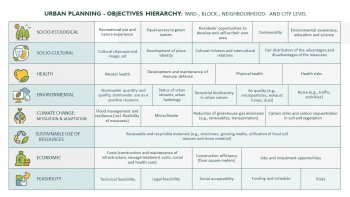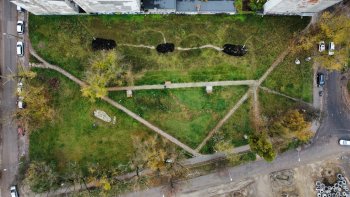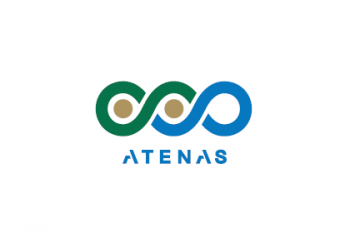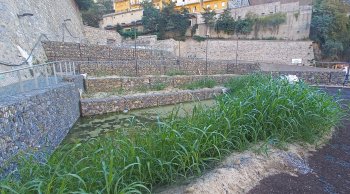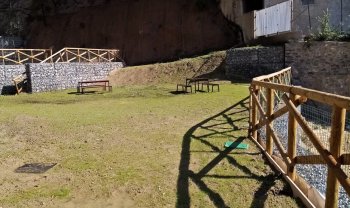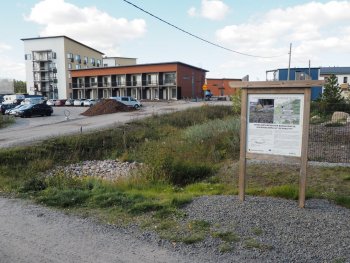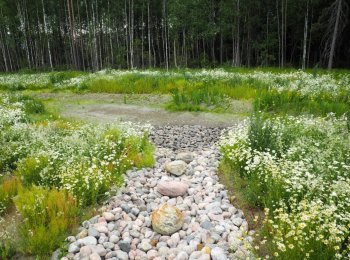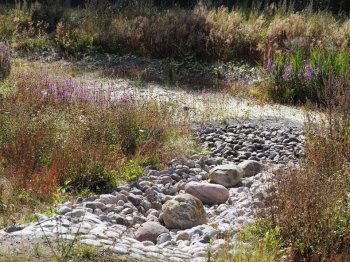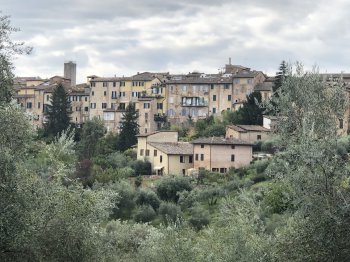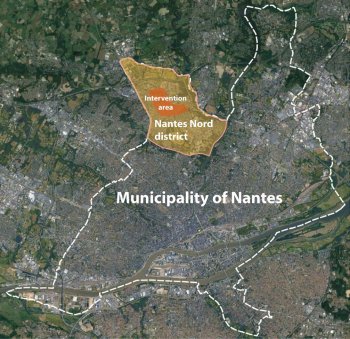Multi-criteria decision analysis in an urban planning and storm water management case in the Kivistö case, City of Vantaa, Finland
The objectives of the case were to i) develop a systematic and interactive approach to support multi-objective urban planning in general and ii) to demonstrate the approach in the Kivistö sketch area in developing and evaluating alternatives for urban planning and decentralised stormwater management.

